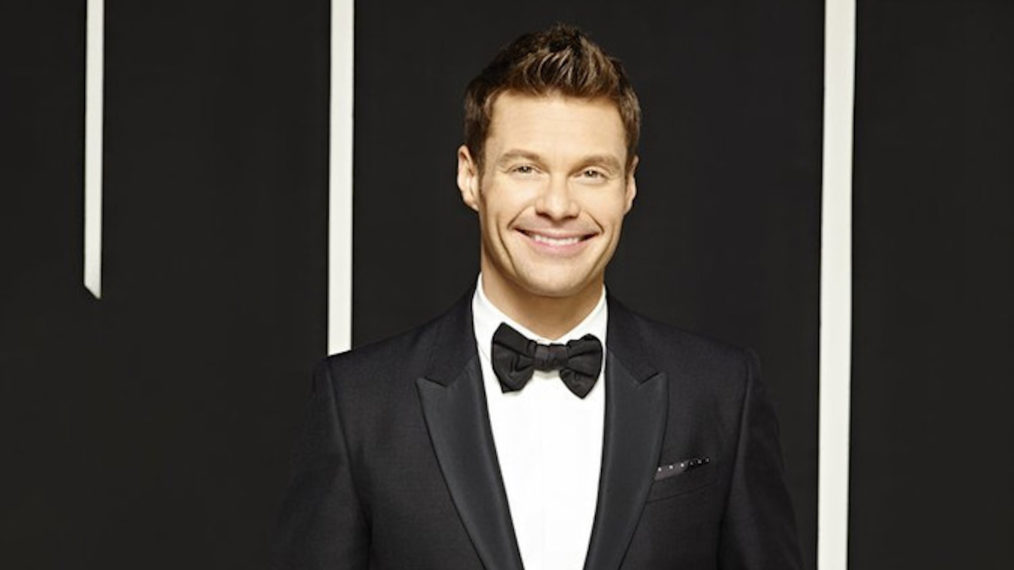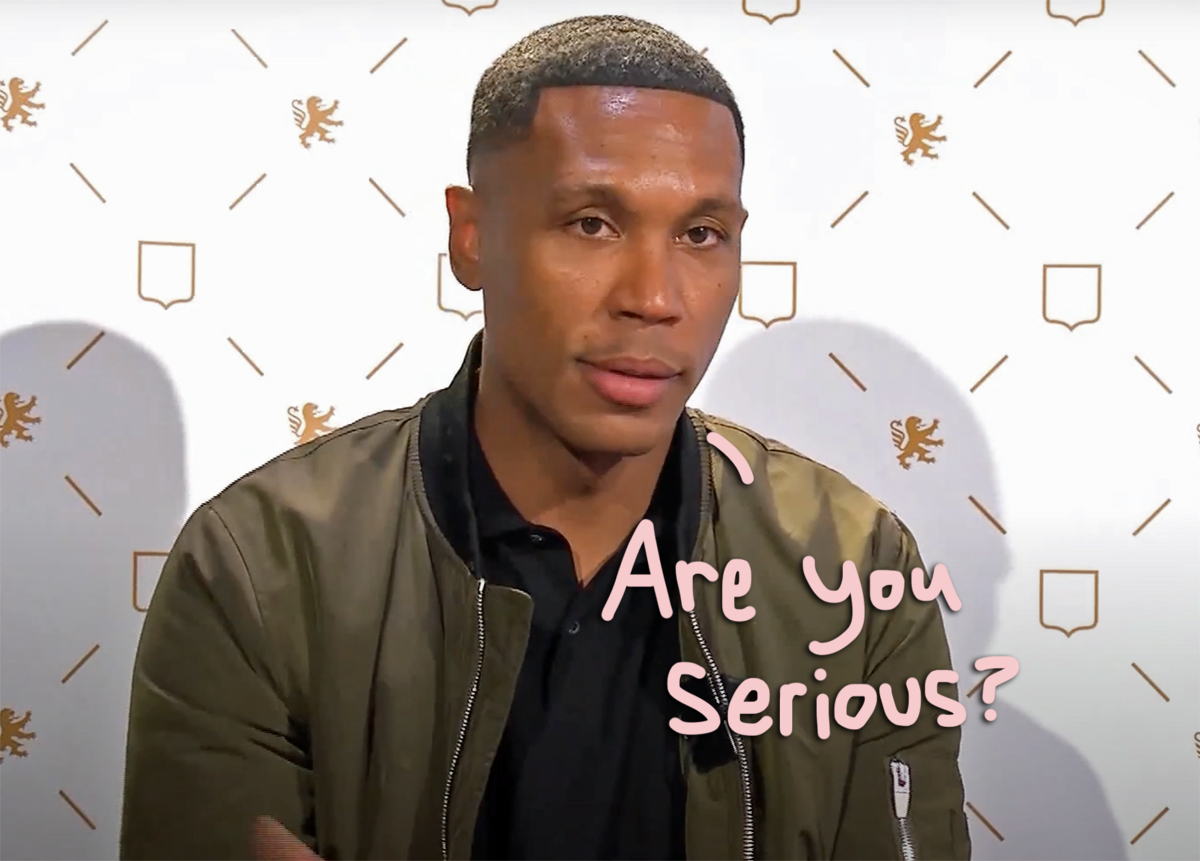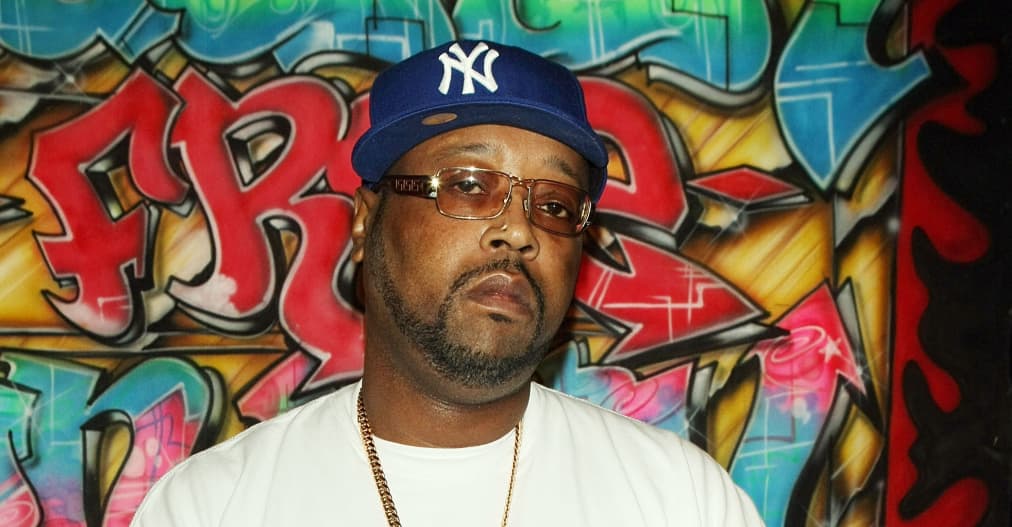#Mel Blanc and the Unsung History of Great Voice Acting
.jpg)
Table of Contents
“Mel Blanc and the Unsung History of Great Voice Acting”
When looking at voice acting from the outside, it seems relatively simple when compared to the art of acting on screen. Only having to utilize one’s voice rather than their body, movements, mannerisms, etc. could seem like easy work for actors who may already be recognized for their visual performances. However, like any type of acting, there are those who understand how to bring the most out of their character vocally, and those who do not. Often taken for granted, these skills have perhaps never been as exceptionally put on display as they have with veteran Looney Tunes voice actor, Mel Blanc.
The Man of 1,000 Voices
For over 60 years, Mel Blanc’s voice was heard by the world either on radio, or in the massively popular series of animated shorts, The Looney Tunes. Right up until his death in 1989, Mel was happily voicing nearly every single major Looney Tunes character (except for Elmer Fudd, up until the original voice actor Arthur Q. Bryan died, after which Blanc took over the role) and became the all-too rare example of a voice actor being famously recognized for his work. Never before had his kind of vocal range been seen in animated pictures, and arguably never has been since.
Being labeled as “The Man of 1,000 Voices,” Mel Blanc became legendary among voice actors as a grandfather figure of sorts, inspiring a new generation to take up the craft and help to entertain people for years to come. Many recognizable or popular voice actors of our modern era have Blanc to thank for their start, and all of which hope to reach his level of unmatched expertise at bringing countless characters to life the way no one else can.
Big Hitters of the VO Booth
After Mel Blanc’s wildly notable career, there have been numerous successful and beloved voice actors to follow suit. Those of which have provided their voice to so many projects that astute fans can point them out once they hear them, or in some cases, be thrilled to learn a character was voiced by someone they know, yet didn’t recognize when hearing.
Popular animated sitcoms owe much of their identity to their voice cast, who not only bring the characters their own unique inflections and sounds, but who can do so naturally and with standout tonalities. From Jim Cummings (Winnie the Pooh, Tigger) to John Dimaggio (Bender, Jake the Dog), there’s an inimitable charm to getting just the right voice for the job.
Exhausting and repetitive, the voice actor’s role can be vastly underestimated by those who may be hired to do it for the first time, and by others who are from more on-screen acting backgrounds. It’s not uncommon for a very intense line, one of which that may be screamed, would have to be repeated several times to get the take just right, leading to hours of work spent having to yell at the top of one’s lungs. Tom Hanks highlights the unforeseen difficulties of voice acting in an interview on The Graham Norton Show below:
Dangers of the Job
Western animation isn’t the only kind that can prove difficult to record for the voice actors. Outside of having to match up timing when dubbing a project that was originally recorded in another language, some actors have the straining, and sometimes dangerous, task of emulating a very intense moment through screaming as hard as they can. A popular example of when the job can go south is when fan-favorite Dragon Ball Z voice actor Sean Schemmel fainted in the recording booth while performing a scream during his character’s transformation. Schemmel described the moment at the 2012 London Film & Comic-Con:
…it was during the Super Saiyan 4 transformation and I was really tired…and I had been working, not sleeping well. And I miscalculated the amount of air you need for a Kamehameha, I think — or maybe it was a power up — and I made the voice lower. So, if you get lower when you’re acting, the aperture of your vocal cords gets wider, and I just totally miscalculated.
Through all the sore throats and damaged vocal cords, the animated characters we all love wouldn’t be where they are in the public eye without those who put a voice to them. From Blanc’s groundbreaking techniques and range, to the modern era of esteemed and talented up-and-coming voice actors making a name for themselves, it’s clear to see what separates the good from the great, as long as they manage to stay conscious.
If you liked the article, do not forget to share it with your friends. Follow us on Google News too, click on the star and choose us from your favorites.
For forums sites go to Forum.BuradaBiliyorum.Com
If you want to read more Like this articles, you can visit our Social Media category.
.jpg)
.jpg)




